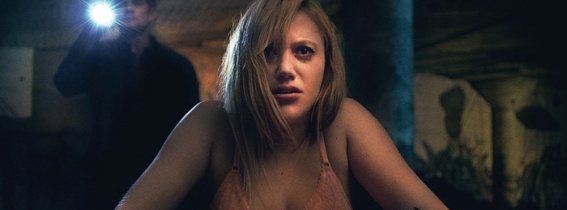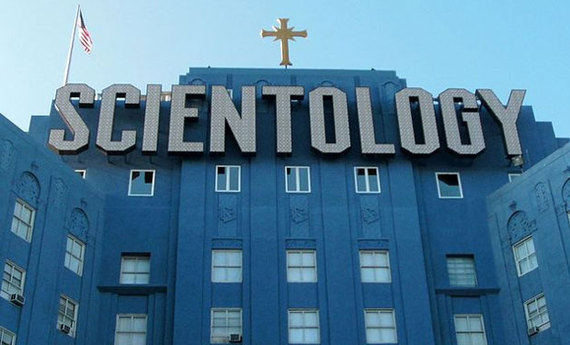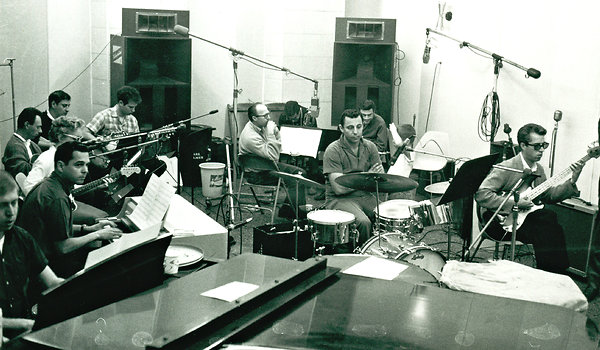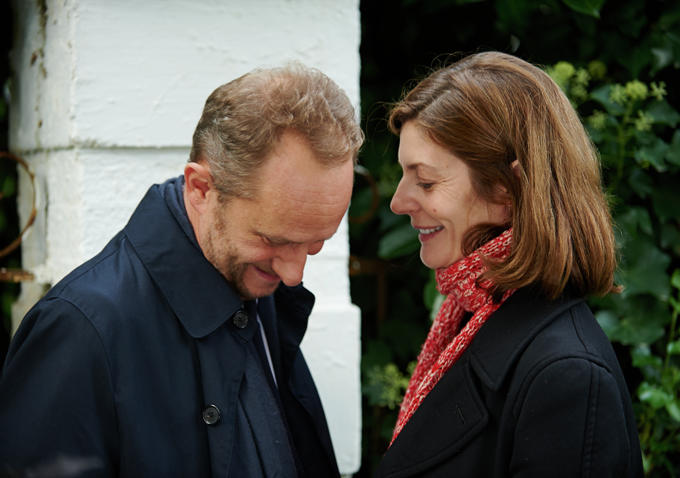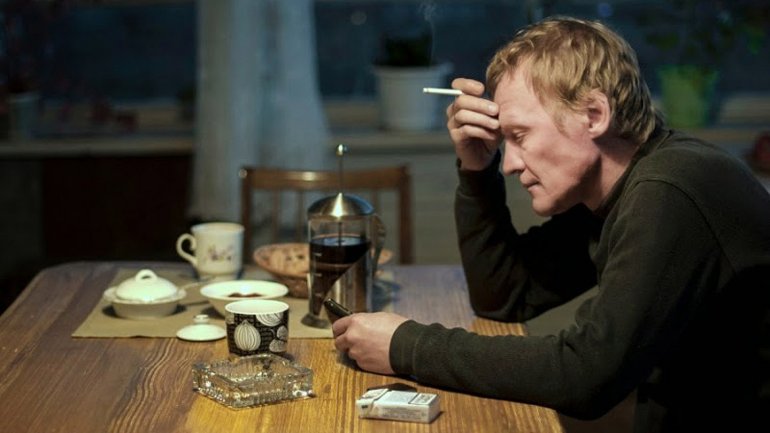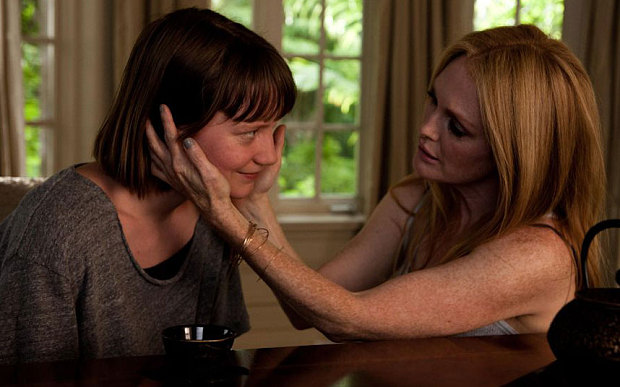
David Cronenberg’s Maps to the Stars is funny, dark and disturbing, but is ultimately unsatisfying. The disturbing part shouldn’t surprise us, Cronenberg having been responsible for the exploding heads in Scanners, the auto accident sexual fetishes of Crash (1996) and the nightmarish druggy hallucinations of Naked Lunch. But Cronenberg’s most recent A History of Violence and Eastern Promises have been very accessible, albeit with striking violence. Maps to the Stars lures us in with a brutally witty show biz satire, and then clubs us with the most twisted family violence.
John Cusack and Olivia Williams play a rich Hollywood couple who had unknowingly committed their unique form of Original Sin, which has resulted in two damaged and dangerous kids. Julianne Moore plays a needy and neurotic movie star grappling with middle age and her own family heritage. These are people who take astonishing privilege for granted and treat their minions in contempt. They react to the most even the most horrific tragedies by assessing how it will affect a book tour. Cusack’s faux-shaman-to-the-stars ponders fixing the worst possible PR disaster by going “on Oprah and pulling a Lance Armstrong”.
What makes this such a nasty show biz satire, is that the eveil doesn’t just come from the Hollywood suits. Here, the talent and the creatives are just as biz-oriented – always focused on box office, their fees, and cut throat competition for the next career-enhancing and remunerative gig. There is very smart humor and lines like, “You know, for a disfigured schizophrenic, you’ve got the town pretty wired”.
Brilliant as always, Julianne Moore is a very good sport here (even with a fart gag). The most memorable performances are by the very underutilized Olivia Williams (The Ghost Writer, Hyde Park on Hudson) – always teetering with desperation just under the surface – and Evan Bird, a monstrous teen star who isn’t to blame for how he is. Cusack and Mia Wasikowska are also very good. I just can’t figure out the appeal of Robert Pattinson, who is in this move to be a love interest, and doesn’t add anything special.
Although there’s a lot to enjoy about Maps to the Stars, it just doesn’t pay off. There’s very disturbing violence, some involving children, and sending up Hollywood foibles with the level of sickness in these characters, just isn’t worth it.
Maps to the Stars, after a blink-and-you-missed-it theatrical release, is available streaming on Amazon Instant Video, iTunes, Vudu, YouTube, Google Play and Xbox Video.


